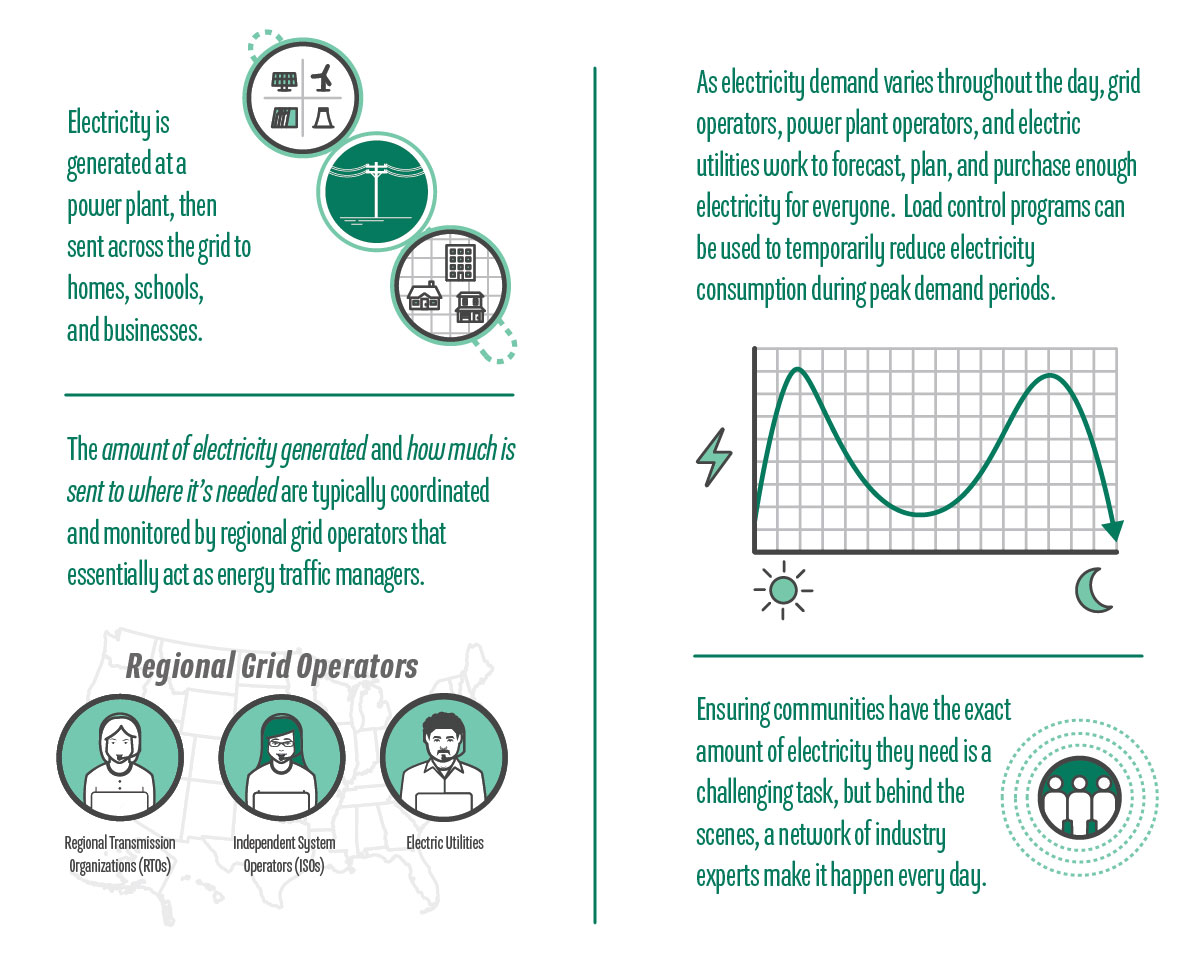
As the CEO of Todd-Wadena Electric Cooperative, I am pleased to share insights into the complex, yet essential, process of balancing electricity supply and demand—a process that ensures you have reliable power when you flip the switch.
The graphic below this column provides an overview of how electricity is generated and delivered to homes, schools, and businesses. Electricity is produced at power plants and then transmitted across the grid by a sophisticated network of regional grid operators, including Regional Transmission Organizations (RTOs), Independent System Operators (ISOs), and electric utilities like Todd-Wadena. These entities act as energy traffic managers, coordinating how much electricity is generated and where it is sent to meet real-time demand.
Demand for electricity fluctuates throughout the day, influenced by factors such as weather conditions, time of day, and consumer behavior. Our grid operators, plant operators, and utility teams collaborate to forecast, plan, and secure enough electricity to meet these changing demands. This coordinated effort is critical to maintaining a stable and efficient power supply for our communities.
One of the key strategies we utilize to maintain this balance is load control. Load control programs allow us to temporarily reduce electricity consumption during peak demand periods by remotely managing specific appliances and systems, such as water heaters and heating and cooling systems, in participating homes and businesses. This not only helps balance the grid, but also reduces the need to build additional, costly generating facilities. By implementing load control, we can efficiently manage existing resources, lower operational costs, and delay or eliminate the necessity for new infrastructure, ultimately saving our members money.
Several factors impact electricity supply and demand, including demand surges, extreme temperatures, infrastructure costs, supply chain challenges, fuel prices, and federal and state regulations. Navigating these challenges requires proactive planning and the adoption of innovative solutions like load control to maintain a resilient and cost-effective energy system.
At Todd-Wadena Electric Cooperative, we are committed to providing safe, reliable, and affordable electricity to our members. Our load control programs are just one example of how we leverage technology and strategic planning to meet this commitment. By working together, we can continue to power our communities efficiently and sustainably for years to come.

